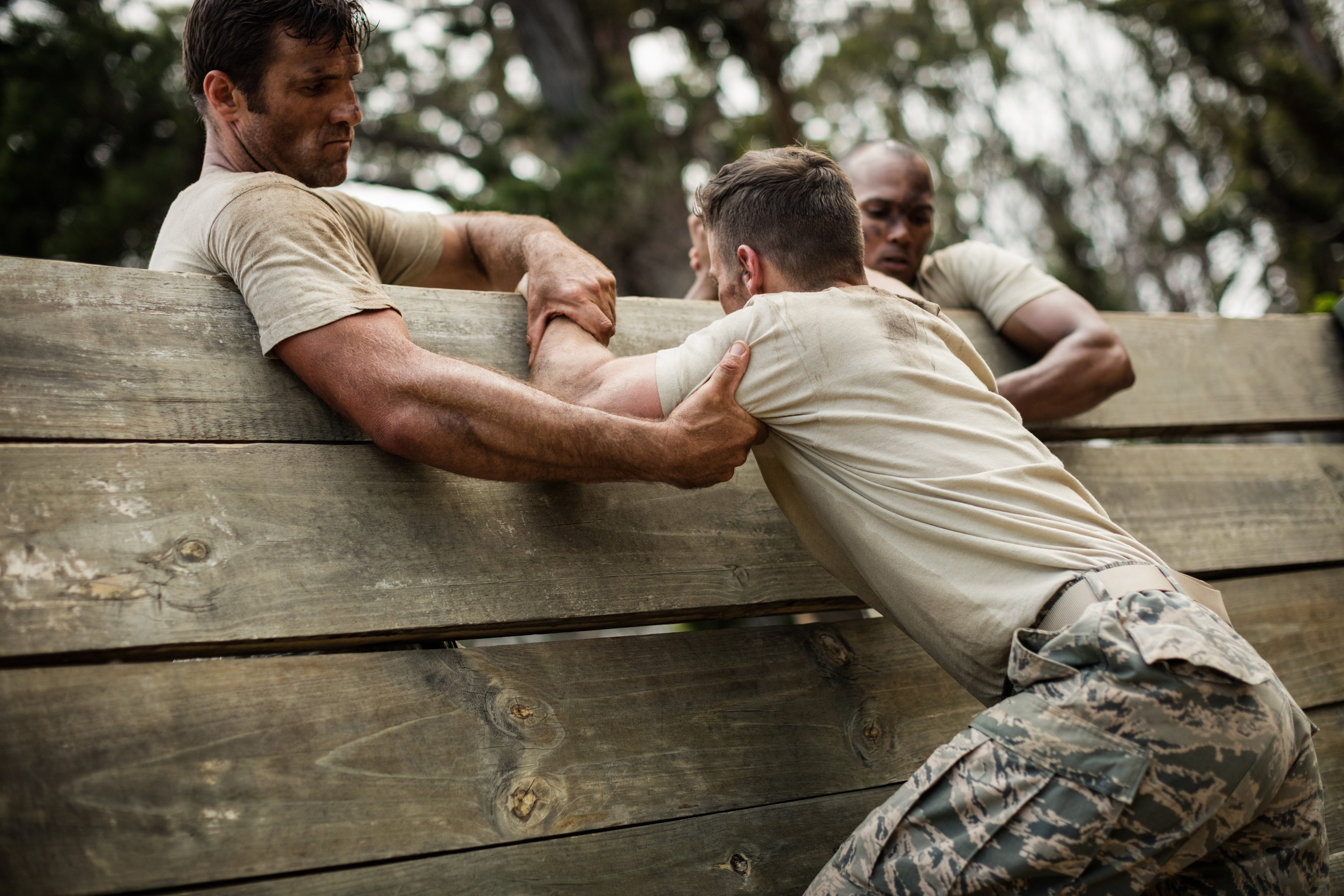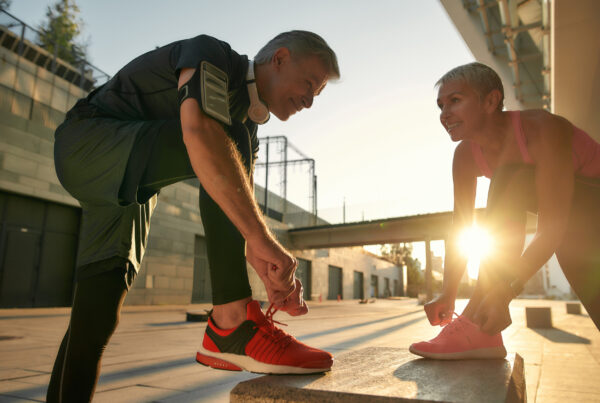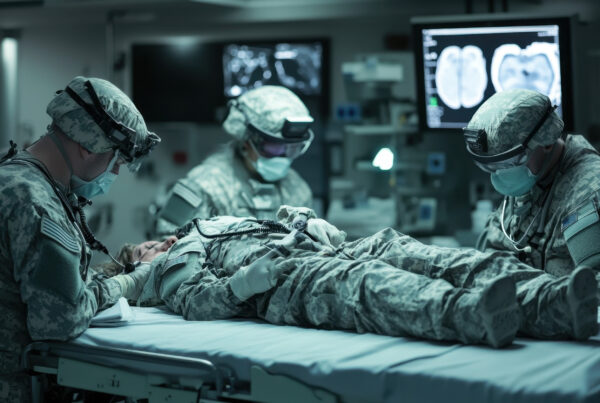”Question: How does physical therapy transform lives during National Rehabilitation Awareness Week?
Reading time: 5 Minutes
MWi Hack:
- Physical therapy isn’t just for recovering from injury—it’s the foundation for sustainable exercise habits in the military and Veteran community, teaching recovery practices, movement patterns, and injury prevention that allow you to keep training for decades despite service-related musculoskeletal issues, and MWi believes connecting people to share PT experiences leads to incredible outcomes.
MWi Summary:
-
- Physical Therapy Month (October) highlights the critical role PT plays for the military and Veteran community, where musculoskeletal injuries from carrying heavy equipment, repetitive training, and combat activities are among the most common service-connected disabilities that can derail exercise habits and quality of life.
- MWi believes connecting people leads to incredible outcomes, as service members and Veterans sharing their physical therapy experiences, recovery techniques, and injury prevention strategies create knowledge networks that help others avoid setbacks and maintain consistent, sustainable exercise routines.
- Physical therapy provides foundation for safe, effective exercise despite injury history, offering assessment, education, and intervention to identify problematic movement patterns, strengthen weaknesses, and design exercise progressions that build capacity without causing pain flare-ups or relying solely on medication.
- Sustainable exercise requires recovery practices beyond just workouts—physical therapists teach proper warm-up protocols, cool-down practices, stretching routines, foam rolling techniques, and how to recognize the difference between productive discomfort and harmful pain, reframing smart training as strength rather than weakness.
- Veterans access PT through VA healthcare and service-connected conditions, active-duty members through military treatment facilities and TRICARE, while community connection amplifies resources as Veterans share which facilities have excellent PT departments, which providers understand military injuries, and which techniques help maintain exercise despite chronic conditions.
October marks Physical Therapy Month, a time to recognize the critical role physical therapy plays in maintaining mobility, preventing injury, and supporting long-term health. For the military and Veteran community, this observance carries special significance. Years of carrying heavy equipment, repetitive physical training, combat activities, and the unique demands of military service often result in chronic musculoskeletal issues that can derail exercise habits and diminish quality of life. Understanding how physical therapy supports not just recovery, but sustainable movement practices, is essential for maintaining the physical readiness and wellness that defines military culture.
MWi believes that connecting people can lead to incredible outcomes. When service members and Veterans share their experiences with physical therapy, recovery techniques, and injury prevention strategies, they create knowledge networks that help others avoid setbacks and maintain consistent exercise routines. Physical therapy isn’t just about healing from injury—it’s about building a foundation for lifelong movement and fitness.
The Military Body: Built for Performance, Prone to Breakdown
The military and Veteran community faces unique physical challenges. Musculoskeletal injuries represent one of the most common service-connected disabilities among Veterans. Back pain, joint problems, repetitive stress injuries, and the cumulative impact of years spent carrying gear, conducting physical training, and operating in challenging environments take their toll. These aren’t just inconveniences—they’re barriers to maintaining the exercise habits that support both physical and mental health.
Many service members and Veterans adopt an all-or-nothing mentality about fitness, pushing through pain or abandoning exercise entirely when injuries occur. This approach often leads to chronic problems that worsen over time. Physical therapy offers a different path: one that acknowledges limitations while building sustainable capacity for movement.
Physical Therapy as Exercise Foundation
Physical therapy provides the assessment, education, and intervention necessary to exercise safely and effectively despite injury history or current limitations. A physical therapist can identify movement patterns that contribute to pain, strengthen weaknesses that lead to compensation injuries, and design exercise progressions that build capacity without causing flare-ups.
For Veterans dealing with service-connected musculoskeletal conditions, physical therapy through the VA or civilian providers offers evidence-based approaches to pain management that don’t rely solely on medication. Therapeutic exercise, manual therapy, and movement education address root causes rather than just symptoms. When Veterans understand how their bodies move and what modifications support their specific conditions, they can maintain exercise habits that would otherwise be impossible.
Recovery Practices That Support Consistency
Sustainable exercise habits require more than just workout plans—they require recovery strategies. Physical therapists teach techniques that military members and Veterans can incorporate into daily routines: proper warm-up protocols that prepare bodies for activity, cool-down practices that reduce post-exercise soreness, stretching routines that maintain flexibility, and self-mobilization techniques that address tightness before it becomes injury.
Many Veterans discover through physical therapy that their exercise-induced pain stems from inadequate recovery practices rather than the exercise itself. Learning to foam roll effectively, incorporate active recovery days, recognize the difference between productive discomfort and harmful pain, and modify activities based on how their body responds creates sustainability. These aren’t signs of weakness—they’re intelligent approaches to long-term fitness.
Injury Prevention Through Education
Physical therapy educates about biomechanics, body awareness, and injury prevention in ways that empower rather than restrict. Understanding why certain exercises aggravate old injuries allows for modifications that maintain training intensity while protecting vulnerable areas. Learning proper form prevents new injuries that could derail fitness routines. Recognizing early warning signs of overuse allows for intervention before minor issues become major problems.
For the military community accustomed to “embrace the suck” mentality, physical therapy reframes smart training as strength rather than weakness. Adapting exercises isn’t giving up—it’s ensuring the ability to keep moving for decades rather than months.
Accessing Physical Therapy Resources
Veterans have access to physical therapy through VA healthcare, and many service-connected conditions qualify for treatment. Active-duty service members can access physical therapy through military treatment facilities and TRICARE. Military OneSource can help navigate options and find providers who understand military-specific physical challenges.
Community connection amplifies these resources. When Veterans share which VA facilities have excellent physical therapy departments, which civilian providers understand military injuries, and which techniques have helped them maintain exercise despite chronic conditions, they create informal knowledge networks that guide others toward effective care.
Building a Culture of Sustainable Movement
This Physical Therapy Month, the military and Veteran community can shift the narrative around injury and exercise. Physical therapy isn’t admission of defeat—it’s investment in sustainable fitness. Recovery practices aren’t optional luxuries—they’re essential components of training. Modification isn’t weakness—it’s wisdom.
MWi encourages community members to share their physical therapy experiences, recovery strategies, and lessons learned about maintaining exercise habits despite injury. When we connect people around these topics, we build a community culture that values longevity and sustainability alongside intensity and toughness. That’s how we ensure that the fitness habits serving us today continue supporting us for life.






